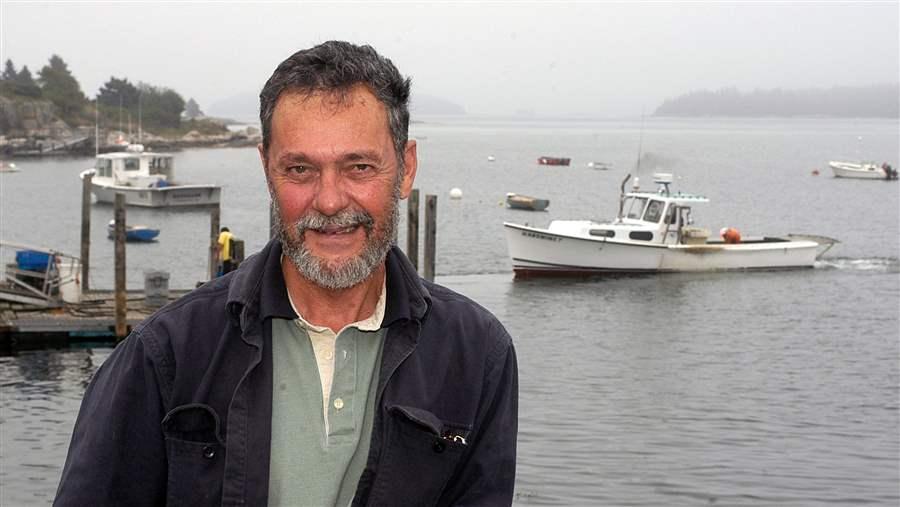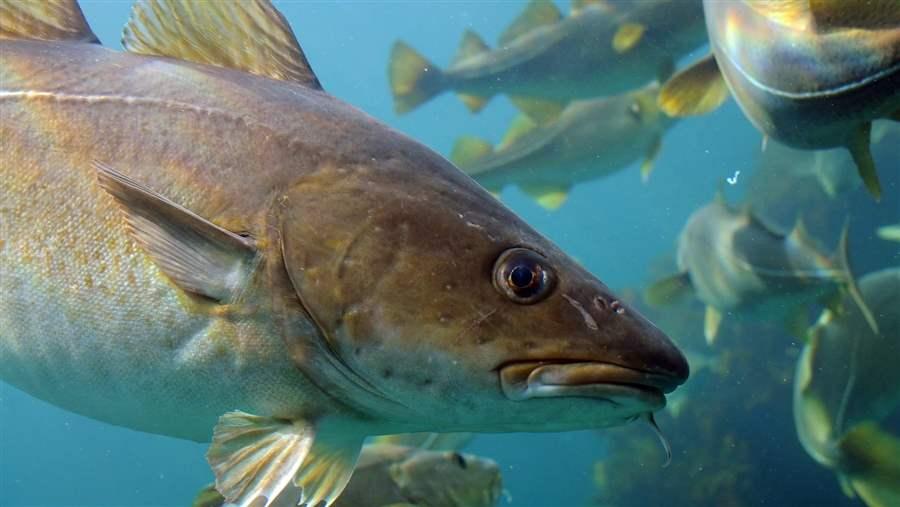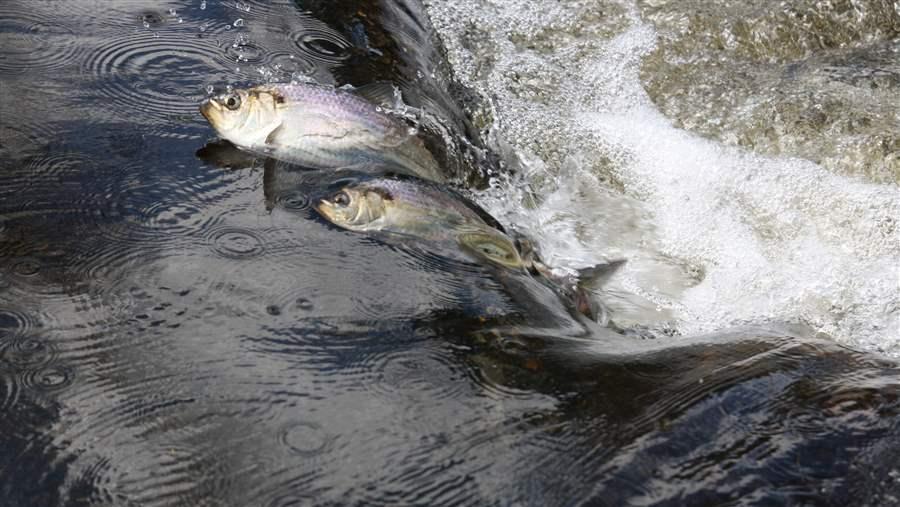A ‘Genius’ Fisherman’s Idea for a Cod Comeback
 John D. and Catherine T. MacArthur Foundation
John D. and Catherine T. MacArthur FoundationFisherman-turned-researcher Ted Ames has reconstructed the history of cod in Maine.
In the early 1990s, something clearly was wrong with New England’s cod stocks. The populations were declining sharply and would soon collapse. Maine fisherman and lobsterman Ted Ames decided that something also was wrong with the official maps and charts showing the sensitive areas where the fish were known to mass together to spawn. The maps displayed only two such places in the Gulf of Maine.
“We all knew from growing up along the coast that there were many other areas that our fathers and grandfathers had wiped out,” Ames said. “And we knew that we were doing the same thing, unfortunately.”
Ames had a hunch that sustainable fishing depended on a more complete understanding of the places where cod previously flourished along the coast. What he would learn from this painstaking reconstruction of the past could help point the way to a future recovery of the species—and a better approach to managing fisheries with the “big picture” in mind.
 Joachim S. Mueller
Joachim S. MuellerMany historic spawning grounds for cod appear to have been tied to places with an abundance of small prey known as forage fish.
He started by talking with other fishermen. Interviews with old salts in coastal communities from the Ipswich Bay in Massachusetts north to Canada’s Bay of Fundy revealed a rich patchwork of places where people once fished for cod, including spawning areas not shown on the official maps.
“We uncovered several thousand acres, much more spawning habitat than had previously been known,” Ames said. By linking these oral histories with data from traditional fishing grounds—which together showed the seasonal movements of fish—Ames learned that Maine’s waters once included dozens of smaller subunits of cod that gathered in certain places, each an important “node” that had helped to propagate the species.
“It was an incredible discovery,” Ames said. “We had destroyed these reproductive subunits one at a time.”
But one puzzle nagged at him. Cod still returned seasonally to some areas along the coast, but not others. Why?
“Then it dawned on me,” Ames recalled. “What do they have for food?”
 Greg Wells
Greg WellsRestoring depleted populations of alewives and other species of river herring could, in turn, aid the recovery of cod.
The key discovery came with an overlay of maps: One showed the historical hot spots for cod; the other charted the river mouths where migrating prey fish passed from river to sea. Sadly, dams, pollution, and overfishing have seriously depleted species of river herring, such as alewives, along many parts of the coast.
“It was like, ‘Wow this is staring you in the face.’” Ames remarked. Where alewives and other important prey fish were missing, so were the cod. “It had to have something to do with those rivers in those areas.” Ames thinks that restoring and sustainably managing the populations of alewives, Atlantic herring, and other small prey—collectively known as forage fish—are essential to cod recovery as well.
“I was a fisherman for about 25 years and loved it. It is a wonderful business, and it has broken my heart to see it wither so sadly. I would truly love to see it survive,” Ames said. “No fish means no fishermen. That’s the bottom line.”
In 2005, Ames won a prestigious grant from the MacArthur Foundation, commonly called the “genius award.” He said he appreciates the “bully pulpit” that the recognition has afforded his work, but he waves away the “genius” moniker with characteristic modesty: “You have to remember that even the MacArthur group is entitled to occasional mistakes,” he chuckled.
I’d say the MacArthur Foundation was on to something when it selected Ames, and he’s on to something, too.
As lawmakers consider changes to the federal law on managing our ocean fishing, we have an opportunity to put these important findings to work with a big-picture approach that includes protections for forage fish and spawning areas.
The Magnuson-Stevens Act is approaching its 40th anniversary and could use an update. It’s time for a new focus in fisheries management. Learn more at pewtrusts.org/healthyoceans.









